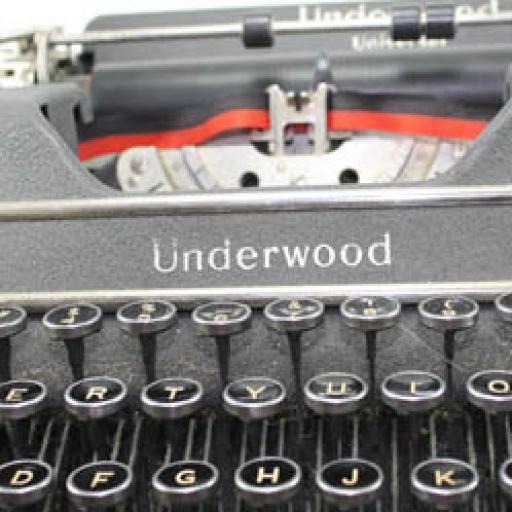
Recently Rated:
Stats
Category: History
Between 1854 and 1862, naturalist Alfred Russel Wallace (born 8 January 1823, Llanbadoc, Monmouthshire) travelled the Malay Archipelago (now Singapore, Malaysia and Indonesia), studying and collecting specimens he would later exhibit and write about.
The most famous animal he and his team found was a brilliant green tree frog that jumped out of the high trees of the rainforest canopy and slowed its fall with big, webbed feet, like a tiny parachutist.
Wallace's Flying Frog is small, between 3-4" long, males are a little bigger than females, and they've been found in Indonesia, Singapore and Sumatra. Their populations are decreasing but their status is currently "least concern." These little frogs mainly hunt insects but have also been observed to eat toads and even small birds, and are themselves hunted by snakes. They can glide as much as 50' to a new branch or even the forest floor, and climb back up using their very sticky toes.
The Latin species name for this frog is Rhacophorus nigropalmatus. Whenever I see a new word I don't know, including Latin, I always try to look up what it really means and where it came from. "-phorus" added to the end of a word means that the animal being named resembles something like the first part of the word, in this case "rhaco." The second part of their name is nigro (black) + palmatus (hand).
I couldn't find that first part, "rhaco," as Latin or as a zoological prefix anywhere, including in a Latin dictionary. I only found it two places, the first was a medical term which meant "rough" as part of two medical conditions that made the skin rough, but they don't look rough skinned to me. The second was in a Welsh dictionary from the early 1800's.
I haven't been able to find out if Wallace spoke Welsh or even knew any. I haven't been able to find out who named the family of 300 species of southeast Asian gliding frogs Wallace's Flying Frog is one of, the Rhacophoridae , but I believe Wallace was the first person to describe them. It's also possible that "rhaco" comes from a Malay word as Wallace had Malay and other assistants on this trip.
In William Owen Pughe's A Dictionary of the Welsh Language (1803), " rhaco " is defined as "adverb: Yonder, in the advance, in the distant view. Sylla di rhaco , 'Behold thou yonder.' "
That sure sounds to me like a great way to describe tiny frogs, falling slowly toward you out of the tall trees. I can't prove that at all, but I think I'll go with it until I learn different.

Illustration by J. G. Keulemans, from Wallace's The Malay Archipelago (1869)
More about Wallace's Flying Frog -
https://www.ecologyasia.com/verts/amphibians/wallace's_flying_frog.htm
https://animaldiversity.org/accounts/Rhacophorus_nigropalmatus/
More about Alfred Russel Wallace and his time in the Malay Archipelago -
https://www.amazon.com/Malay-Archipelago-Periplus-Classics/dp/079460563X/ref=asc_df_079460563X/
https://www.nhm.ac.uk/discover/who-was-alfred-russel-wallace.html
https://wallacefund.myspecies.info/
PS. If you're a zoology or particularly a paleontology nerd like me, I want to recommend that youtube channel at the top of this post, Ben G. Thomas - they're some brilliant, creative young dudes who make great and interesting videos.
Roman gold was found under a street in Colchest, Essex, England, which may have been buried to hide it from Boudicca's army:
http://www.dailymail.co.uk/sciencetech/article-2742314/Hiding-bling-Boudicca-Hoard-Roman-jewellery-buried-conceal-queen-advanced-Colchester-unearthed.html
